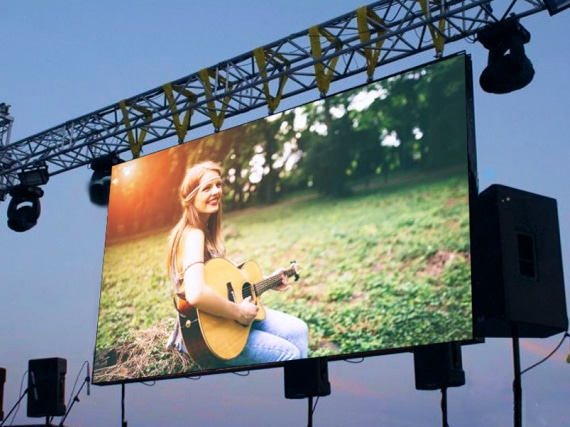Investigating How Resolution Influences the Performance and Visual Quality of Light Emitting Diode Walls in Modern Exhibition Technology
Light Emitting Diode walls are growing increasingly common in different settings, from musical events and athletic events to business displays and art exhibits. One of the key important factors that influence the functionality and image quality of these displays is image clarity. Image resolution denotes the number of pixels that compose the visual on the display. Higher resolution indicates additional picture elements, which can lead to clearer and clear images. Grasping how image clarity impacts LED screens can help users make informed choices about their display requirements.When discussing image clarity, it is crucial to take into account picture pitch, which is the distance between the center of one pixel to the center of the following picture element. A reduced picture spacing yields a higher resolution, allowing for more detail in the visuals shown. For example, an LED screen with a picture spacing of 1.5mm will offer a clearer image than one with a pixel pitch of 3mm. This is especially crucial in settings where audiences are close to the screen, such as in a small venue or a trade event booth. In these situations, a greater image clarity can greatly enhance the viewing experience.
Another aspect of resolution is its impact on hue precision and luminosity. LED walls with higher resolutions often have better color reproduction, meaning that the hues shown are increasingly vibrant and true to life. This is crucial for uses like marketing, where the objective is to attract attention and communicate a concept efficiently. Additionally, higher image clarity screens can maintain brightness levels even when seen from various perspectives. This is important in large venues where viewers may be seated at various ranges and positions from the screen.

The functionality of LED screens is also influenced by resolution in terms of refresh rates and response times. A greater image clarity screen company website can support quicker update frequencies, which is crucial for fast-moving material such as films and motion graphics. This indicates that the visuals on the display will look more fluid and increasingly fluid, enhancing the total viewing experience. In contrast, lower resolution displays may struggle with fast-moving content, leading to blurriness or lag. Therefore, for events that rely on high-energy visuals, choosing a display with a appropriate image clarity is vital.
In summary, image clarity plays a crucial role in defining the functionality and visual quality of LED walls. Factors such as pixel pitch, color precision, brightness, update frequencies, and reaction durations all affect how efficiently a screen can communicate data and engage viewers. As technology continues to advance, understanding these factors will assist operators choose the appropriate LED wall for their specific needs, ensuring that they obtain the optimal potential outcomes in their presentations and events.